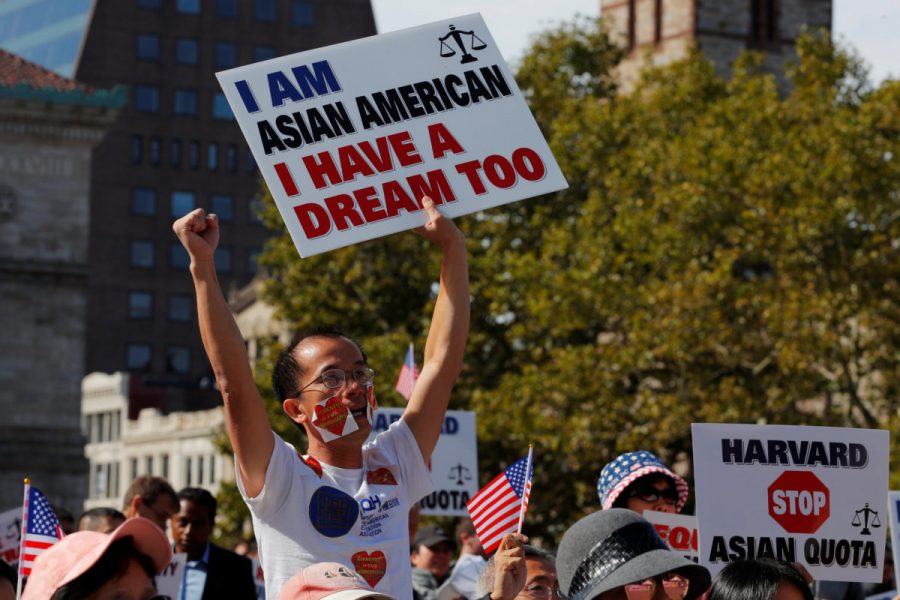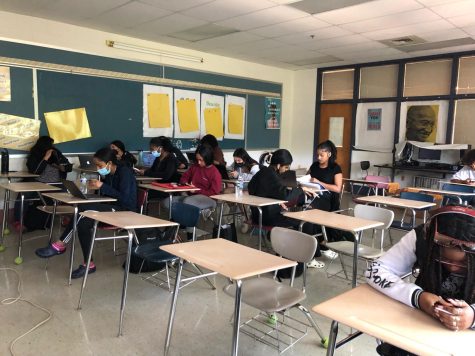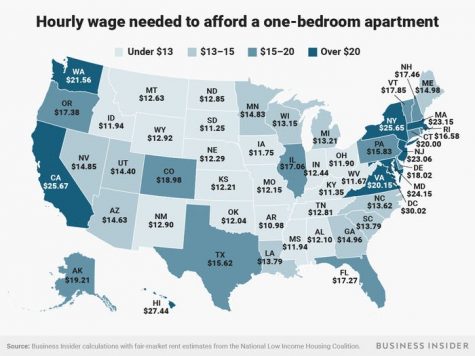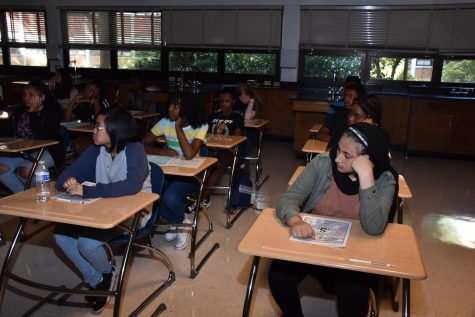Opinion: The Irony of the Harvard Affirmative Action Case
photo by REUTERS
Supporters attend the “Rally for the American Dream – Equal Education Rights for All,” ahead of the start of the trial in a lawsuit accusing Harvard University of discriminating against Asian-American applicants, in Boston, Massachusetts, U.S., October 14, 2018. REUTERS/Brian Snyder – RC1521249FE0
On Tuesday, October 2, 2019, Federal District Court Judge Allison D. Burroughs sided with Harvard College in her ruling that Harvard’s consideration of race in the admissions process for undergraduate students was not discriminatory in the case of Students For Fair Admissions v. The President and Fellows of Harvard College.
The origin of this case dates back to 2014, when Students For Fair Admissions (SFFA) first filed a lawsuit against Harvard on behalf of a coalition of Asian-American Students who believed they had been discriminated against by the admissions process. SFFA is a non profit membership organization of over 20,000 people who believe that race and ethnicity should not be factors in the college admissions process. In an interview with The New York Times Magazine, Edward Blum, the White, conservative president of the SFFA, confirmed that “the ultimate goal, then, was to end racial preferences not only in college admissions but also in all parts of the law.” In other words, Blum and the SFFA do not believe in affirmative action.
The initiative began as a welfare program under the Kennedy Administration in the 1960s, and helped enforce the Civil Rights Act of 1964. The idea behind affirmative action is to compensate for the years of segregation, discrimination, and inequity that African Americans have faced throughout history by establishing quotas and offering grants and support to increase opportunities and resources available to African Americans, with the goal of preventing social segregation of minorities from institutions in mind.
In August of 2018, the Department of Justice filed a statement of interest in the case, claiming that “Harvard has failed to prove that its use of race survives strict scrutiny.” Adam K. Motora, the lead attorney for the SFFA, made three main arguments in court:
(1) The supreme court has set precedent stating that race should only be considered when two applicants are “otherwise indistinguishable”, and that was not the case with Harvard.
(2) Harvard has created a de facto quota system. Although the applicant pool has increased in diversity, the percent of minority students accepted has stayed steady over time which is unconstitutional according to Bakke v. Regents.
(3) Harvard had failed to look at “race-neutral alternatives” in its admissions process, which goes hand in hand with the first argument. Harvard’s defense attorney, a Chinese American man named Bill Lee argued that the admissions committees look at the whole person and race is just a small aspect of a lengthy process.
The irony of this case is that Asian Americans make up the second largest racial/ethnic demographic at Harvard. Of those admitted to the class of 2023, 25.3% are Asian American, while the amount of African American students lingers at 14.3%. This whole case is simply diverting the public’s attention from the true injustice within the admissions process of not just Harvard, but nearly every prestigious university: ALDCs.
The acronym stands for Athletes, Legacies or Children of Alumni, Students on the Dean’s List (which could be children of donors or prominent people) and Children of Faculty. ALDC students account for only 5% of Harvard applicants, yet they make up 30% of admitted students. The general acceptance rate for Harvard College is roughly 5.4%, while ALDC students are admitted at a whopping rate of 45%. That’s almost the same as the University of Maryland, which as of 2017 has an acceptance rate of 48.1%.
If Students For Fair Admissions were truly searching for equality in college admissions, these are the types of students they would have been going after. Unfortunately, Blum is using cases like these to eliminate race being considered, which would undoubtedly decrease minority enrollment, taking a huge leap back in the fight for equality. The lawsuit’s apparent focus on which minority students should be able to attend predominantly White universities only continues our education system’s legacy of letting students of color fight over the crumbs our white counterparts leave behind.
This ruling (if it didn’t result in a victory) could have drastically flipped the flawed, but nonetheless crucial systems of Affirmative Action that institutions across the country now use. It’s one of the only ways to ensure diversity on overwhelmingly homogeneous campuses, creating more tolerant and representative student bodies. For students who face significant socioeconomic barriers and hardships, Affirmative Action helps to level the playing field and take their unique experiences into account.
















